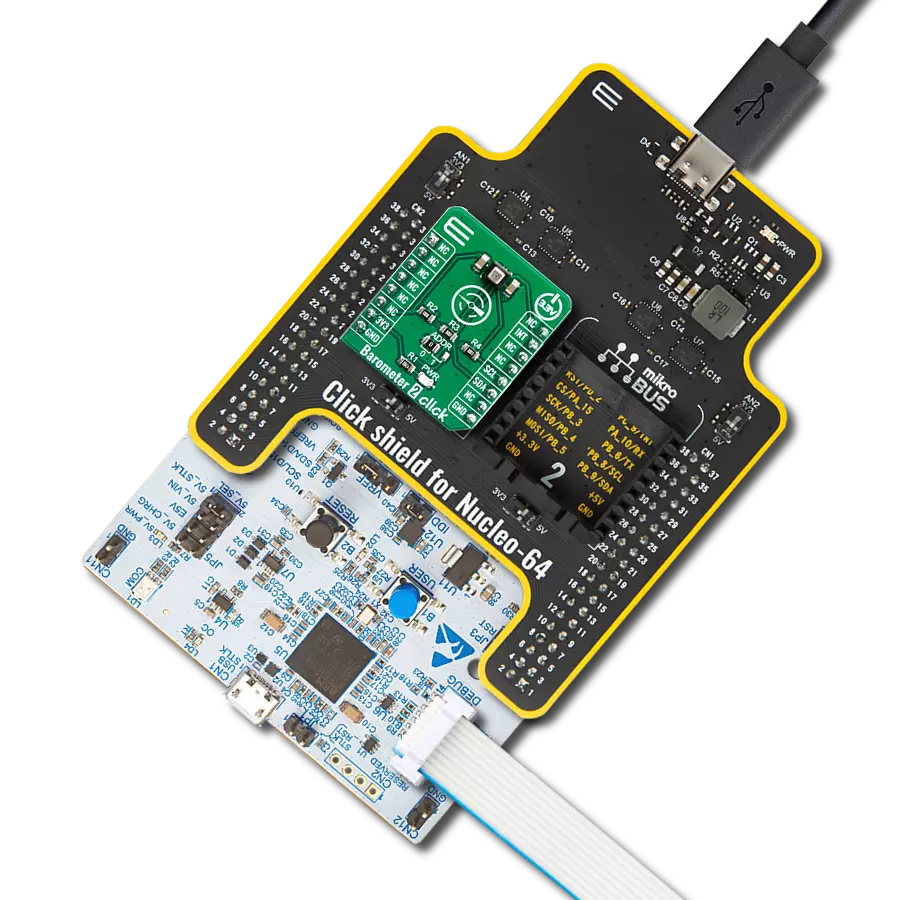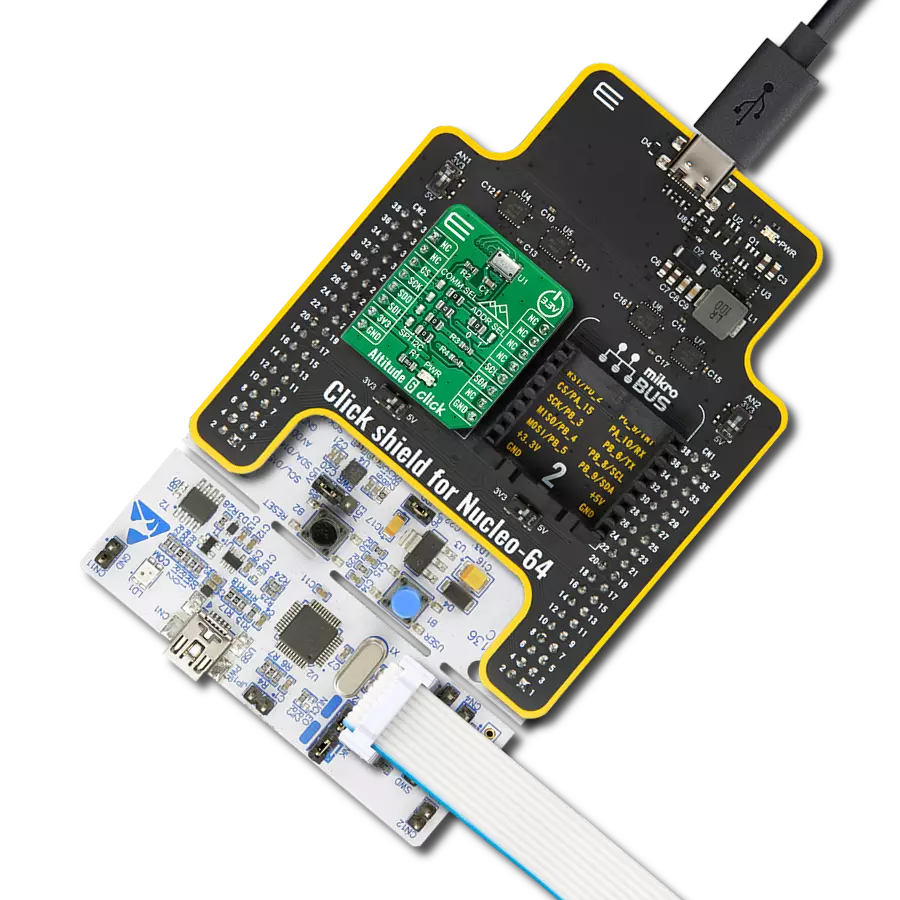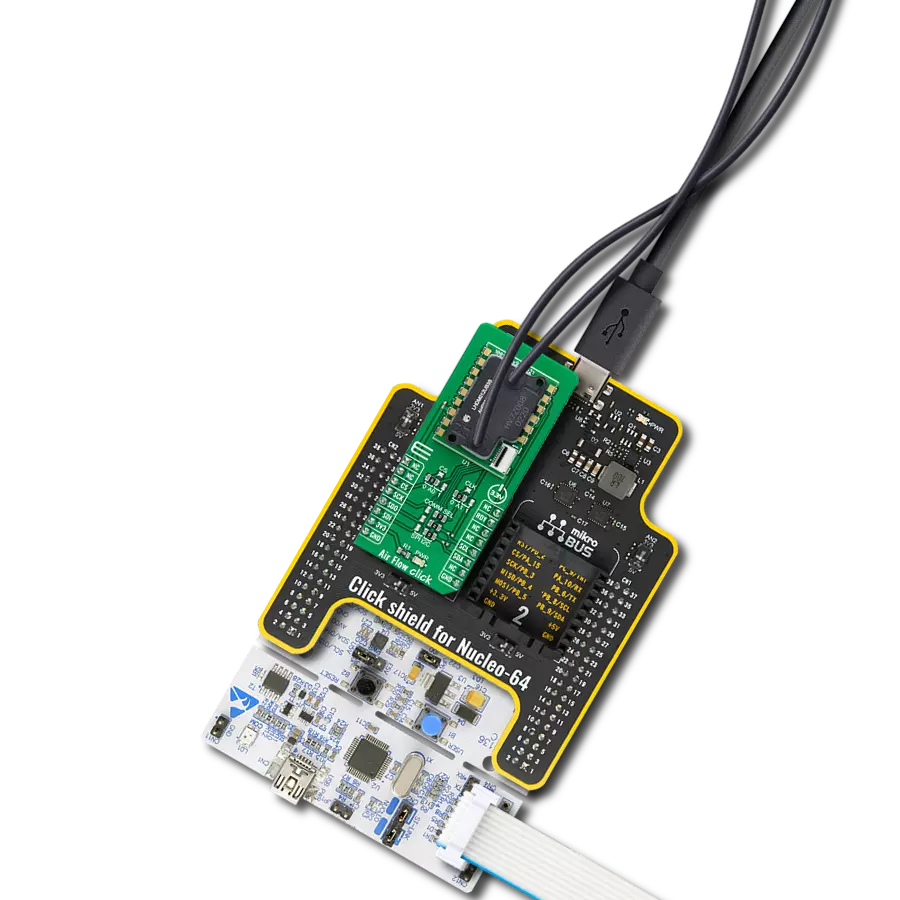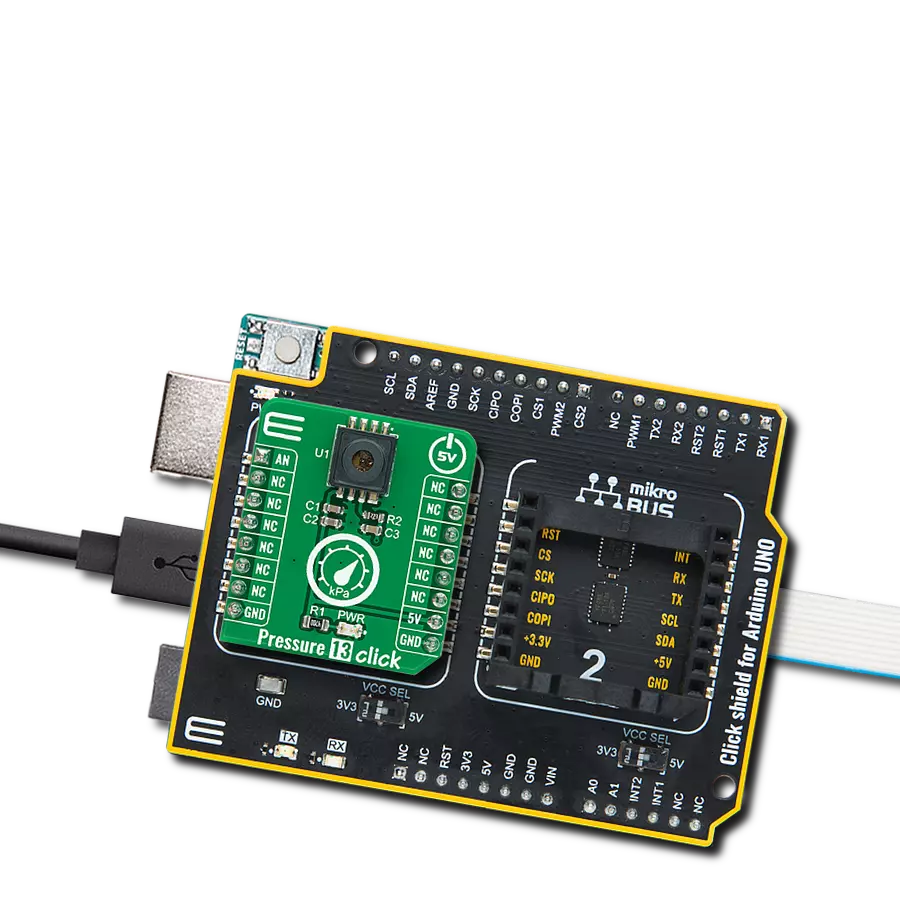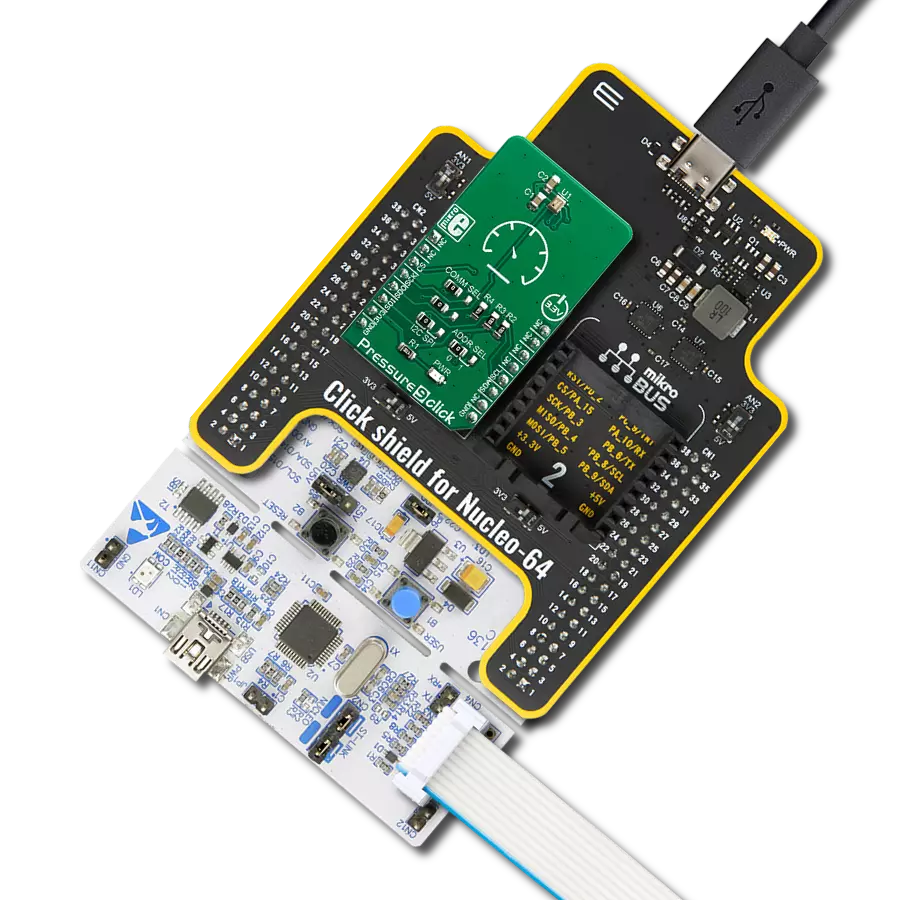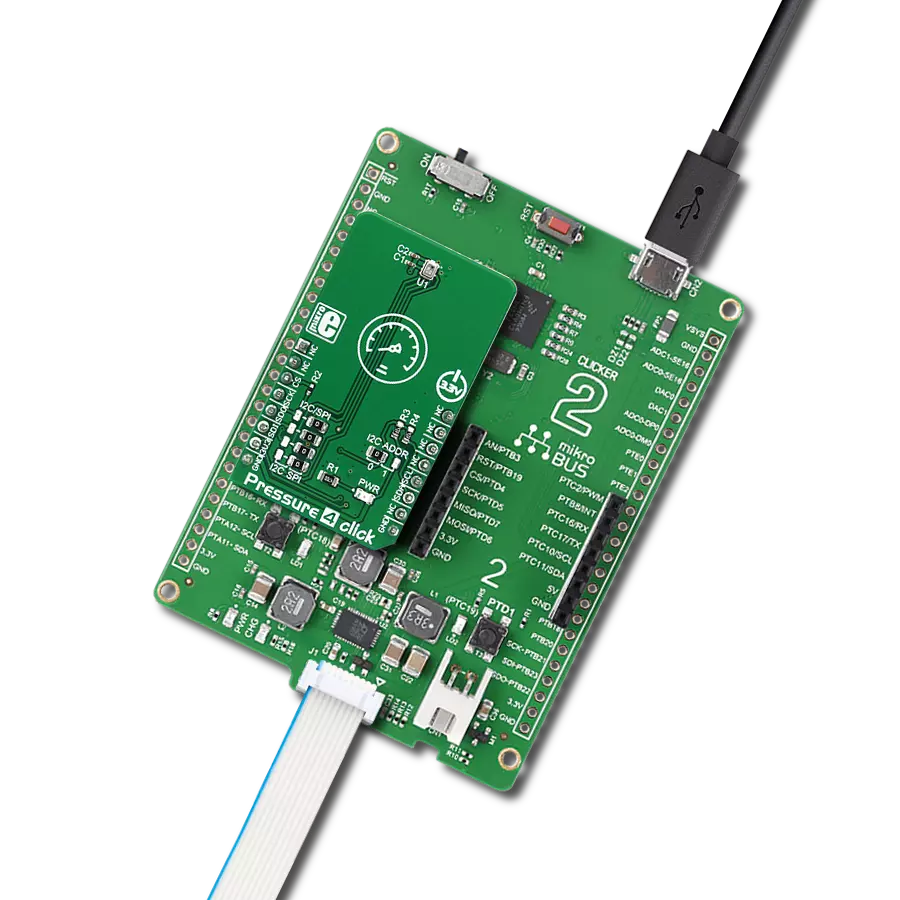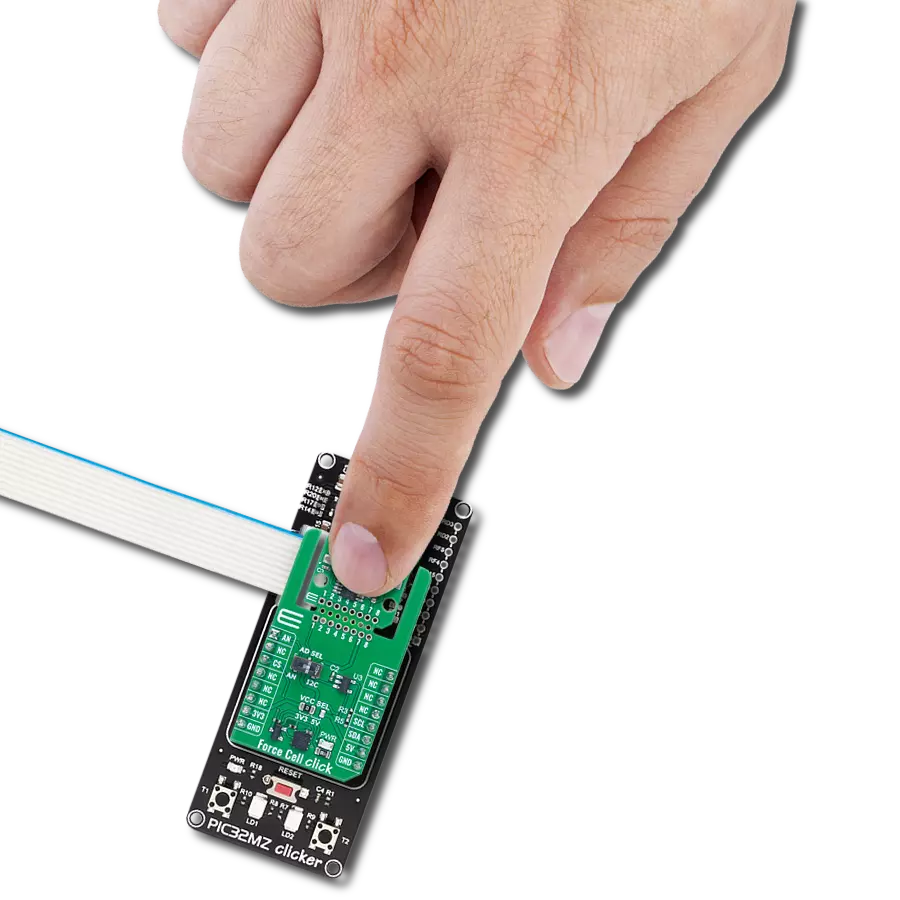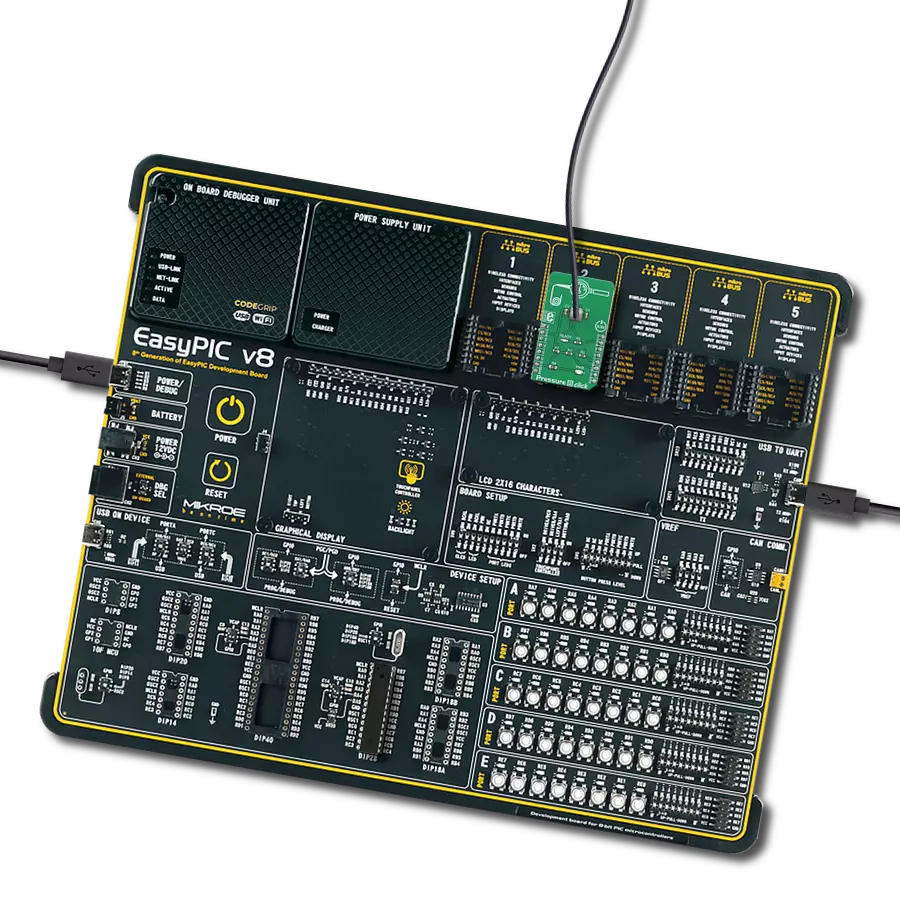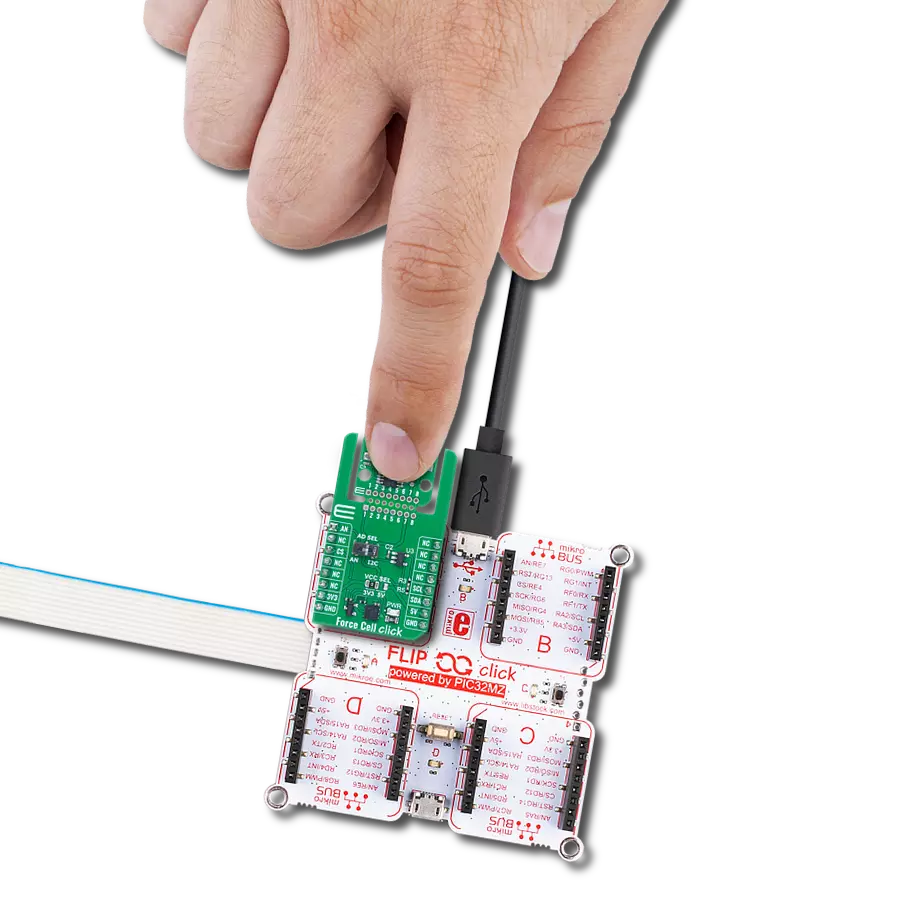Our altimeters are precision instruments crafted to provide reliable height data for a wide range of purposes
A
A
Hardware Overview
How does it work?
Altitude 6 Click is based on the MS5611-01BA03-50, a high-resolution barometric pressure sensor optimized for altimeter applications with an altitude resolution of 10 cm from TE Connectivity. The MS5611-01BA03-50 consists of a piezo-resistive sensor with an integrated signal conditioning circuit that can measure pressure from 10 mbar up to 1.2bar with an accuracy of 1.5 mbar over a wide operating temperature range at the lowest power consumption. The high accuracy and stability of pressure and temperature signals make it suitable for height sensing in medical and consumer applications, mobile altimeter or barometer systems, and many more. The MS5611-01BA03-50
also has ultra-low-power 24-bit ΔΣ ADC, internal factory-calibrated coefficients, and a high linearity pressure sensor. Its primary function is to convert the uncompensated analog output voltage from the piezo-resistive pressure sensor to a 24-bit digital value and provide a 24-bit digital value for the sensor's temperature, which allows the implementation of an altimeter function without any additional sensor. Altitude 6 Click allows the use of both I2C and SPI interfaces with a maximum frequency of 20MHz. The selection can be made by positioning SMD jumpers labeled as COMM SEL in an appropriate position. Note that all the jumpers' positions must be on the same side,
or the Click board™ may become unresponsive. While the I2C interface is selected, the MS5611-01BA03 allows choosing the least significant bit (LSB) of its I2C slave address using the SMD jumper labeled ADDR SEL to an appropriate position marked as 0 and 1. This Click board™ can be operated only with a 3.3V logic voltage level. The board must perform appropriate logic voltage level conversion before using MCUs with different logic levels. Also, it comes equipped with a library containing functions and an example code that can be used as a reference for further development.
Features overview
Development board
EasyPIC v8 is a development board specially designed for the needs of rapid development of embedded applications. It supports many high pin count 8-bit PIC microcontrollers from Microchip, regardless of their number of pins, and a broad set of unique functions, such as the first-ever embedded debugger/programmer. The development board is well organized and designed so that the end-user has all the necessary elements, such as switches, buttons, indicators, connectors, and others, in one place. Thanks to innovative manufacturing technology, EasyPIC v8 provides a fluid and immersive working experience, allowing access anywhere and under any
circumstances at any time. Each part of the EasyPIC v8 development board contains the components necessary for the most efficient operation of the same board. In addition to the advanced integrated CODEGRIP programmer/debugger module, which offers many valuable programming/debugging options and seamless integration with the Mikroe software environment, the board also includes a clean and regulated power supply module for the development board. It can use a wide range of external power sources, including a battery, an external 12V power supply, and a power source via the USB Type-C (USB-C) connector.
Communication options such as USB-UART, USB DEVICE, and CAN are also included, including the well-established mikroBUS™ standard, two display options (graphical and character-based LCD), and several different DIP sockets. These sockets cover a wide range of 8-bit PIC MCUs, from the smallest PIC MCU devices with only eight up to forty pins. EasyPIC v8 is an integral part of the Mikroe ecosystem for rapid development. Natively supported by Mikroe software tools, it covers many aspects of prototyping and development thanks to a considerable number of different Click boards™ (over a thousand boards), the number of which is growing every day.
Microcontroller Overview
MCU Card / MCU
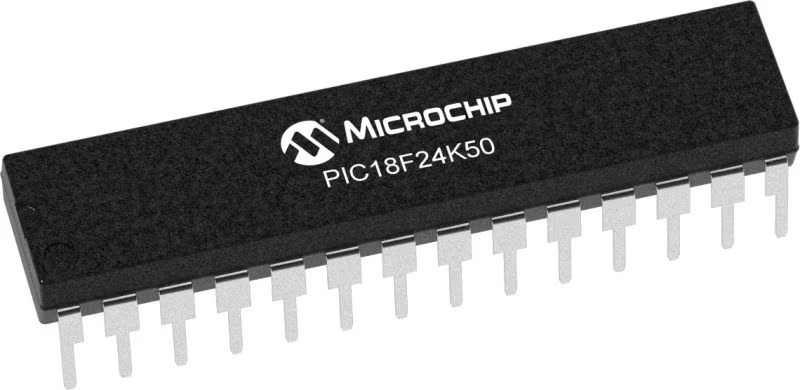
Architecture
PIC
MCU Memory (KB)
16
Silicon Vendor
Microchip
Pin count
28
RAM (Bytes)
2048
Used MCU Pins
mikroBUS™ mapper
Take a closer look
Click board™ Schematic

Step by step
Project assembly
Software Support
Library Description
This library contains API for Altitude 6 Click driver.
Key functions:
altitude6_get_data- Altitude 6 get data functionaltitude6_get_raw_data- Altitude 6 get raw data functionaltitude6_get_calibration_data- Altitude 6 get calibration data function
Open Source
Code example
The complete application code and a ready-to-use project are available through the NECTO Studio Package Manager for direct installation in the NECTO Studio. The application code can also be found on the MIKROE GitHub account.
/*!
* @file main.c
* @brief Altitude6 Click example
*
* # Description
* This library contains API for Altitude 6 Click driver.
* The demo application reads and calculate
* temperature, pressure and altitude data.
*
* The demo application is composed of two sections :
*
* ## Application Init
* Initializes I2C or SPI driver and log UART.
* After driver initialization the app set
* driver interface setup and default settings.
*
* ## Application Task
* This is an example that demonstrates the use of the Altitude 6 Click board™.
* In this example, display the Altitude ( m ),
* Pressure ( mBar ) and Temperature ( degree Celsius ) data.
* Results are being sent to the Usart Terminal where you can track their changes.
*
* @author Nenad Filipovic
*
*/
#include "board.h"
#include "log.h"
#include "altitude6.h"
static altitude6_t altitude6;
static log_t logger;
void application_init ( void )
{
log_cfg_t log_cfg; /**< Logger config object. */
altitude6_cfg_t altitude6_cfg; /**< Click config object. */
/**
* Logger initialization.
* Default baud rate: 115200
* Default log level: LOG_LEVEL_DEBUG
* @note If USB_UART_RX and USB_UART_TX
* are defined as HAL_PIN_NC, you will
* need to define them manually for log to work.
* See @b LOG_MAP_USB_UART macro definition for detailed explanation.
*/
LOG_MAP_USB_UART( log_cfg );
log_init( &logger, &log_cfg );
log_info( &logger, " Application Init " );
// Click initialization.
altitude6_cfg_setup( &altitude6_cfg );
altitude6_drv_interface_selection( &altitude6_cfg, ALTITUDE6_DRV_SEL_I2C );
ALTITUDE6_MAP_MIKROBUS( altitude6_cfg, MIKROBUS_1 );
err_t init_flag = altitude6_init( &altitude6, &altitude6_cfg );
if ( ( I2C_MASTER_ERROR == init_flag ) || ( SPI_MASTER_ERROR == init_flag ) )
{
log_error( &logger, " Communication init." );
for ( ; ; );
}
if ( ALTITUDE6_ERROR == altitude6_default_cfg ( &altitude6 ) )
{
log_error( &logger, " Default configuration." );
for ( ; ; );
}
log_info( &logger, " Application Task " );
log_printf( &logger, "----------------------------\r\n" );
Delay_ms ( 100 );
}
void application_task ( void )
{
static float temperature;
static float pressure;
static float altitude;
if ( altitude6_get_data( &altitude6, &temperature, &pressure, &altitude ) == ALTITUDE6_OK )
{
log_printf( &logger, " Altitude : %.2f m \r\n", altitude );
log_printf( &logger, " Pressure : %.2f mbar \r\n", pressure );
log_printf( &logger, " Temperature : %.2f C \r\n", temperature );
log_printf( &logger, "----------------------------\r\n" );
}
Delay_ms ( 1000 );
}
int main ( void )
{
/* Do not remove this line or clock might not be set correctly. */
#ifdef PREINIT_SUPPORTED
preinit();
#endif
application_init( );
for ( ; ; )
{
application_task( );
}
return 0;
}
// ------------------------------------------------------------------------ END




















